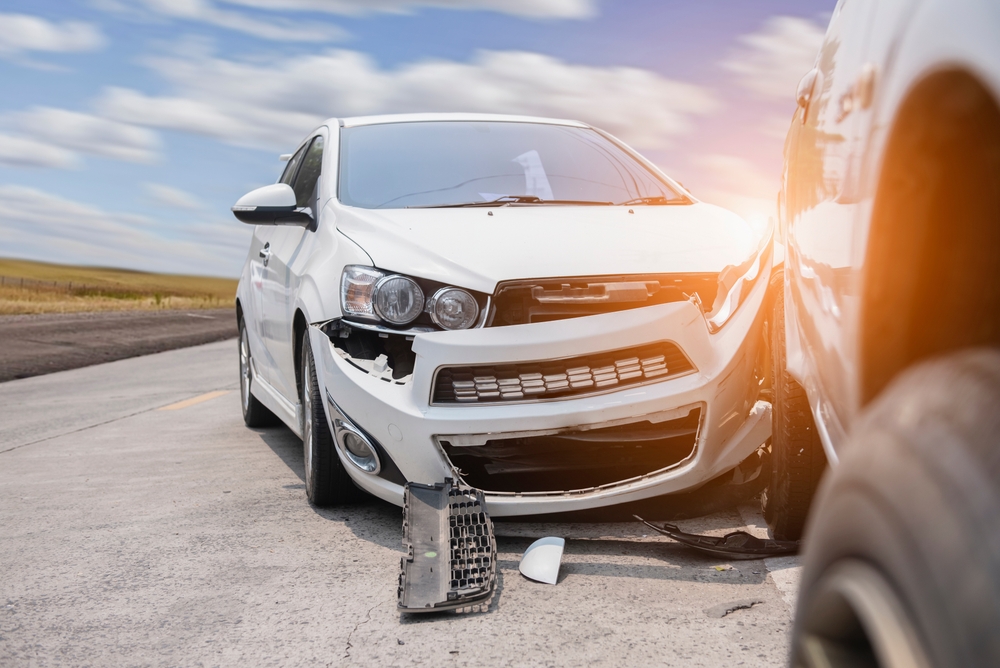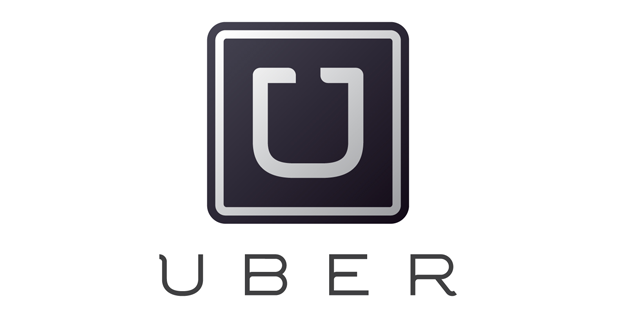Google once again took the world by storm when it announced its new robot car technology. The company has seven robotic Toyota Prius’ that have already gone 140,000 miles without a human driver.
The Google Prius is equipped with laser range finders, inertia sensors, cameras and radar. They also use detailed maps to drive the vehicle, while a human sits behind the wheel and monitors the software. Letting a car drive itself may make long commutes more relaxing and fun for drivers, but too many legal issued need to be tackled first.
Problems
Although the cars are fully capable of handling on curved roads, bridges, and cliffs, they are not able to avoid unexpected events like drunk drivers, children that may jump into the street, or a bicyclist signaling to change lanes.
The self-controlled car follows a “lead car” that maps out the route ahead so the robotic car can function safely. It will be many more years before a robotic car is designed that can react to all possible dangers that might be on the road.
The Law
Drivers are held accountable for the cars they drive. Who will be at fault if a robot car hurts or kills someone? It is not just a problem of technology. The legal problem matters as well. Google says that the company added features that will let a human quickly take control of the car if needed.
Even if robot cars become popular, there will still be accidents. Hopefully there will be fewer accidents, but lives will still be lost. Who will be to blame for the accidents if the computer is driving the car? Will it be the company that designed the software, the car maker that installed and promoted it, or the driver who did not pay attention because the car should drive itself?
The Future
Robot cars might become common, but they will most likely come gradually. We already use automatic transmissions, anti-lock brakes, and airbags. More cars are coming equipped with camera systems to help the car park itself, steer away from collisions, and automatically engage the brakes. While 100 percent autonomous cars may cause legal questions, cars that are mostly robotic but easy for drivers to take over may make the road safer.
It is likely that adding helpful features one at a time would help drivers to ease into the technology. Lasers and sensors can help with braking controls. Detailed maps can help us in our commutes. Voice features could warn drivers when they are near a crosswalk, coming up on a turn, or if children are playing nearby. Eventually, fully robotic cars will arrive, but it will happen slowly. The legal battles that will be fought will decide the future of robotic cars and how much of driving can be done by a computer.
Contact Us
If you or someone you know was injured in a car accident, contact our office for experienced legal professionals who understand the legal questions that arise in car accidents.







